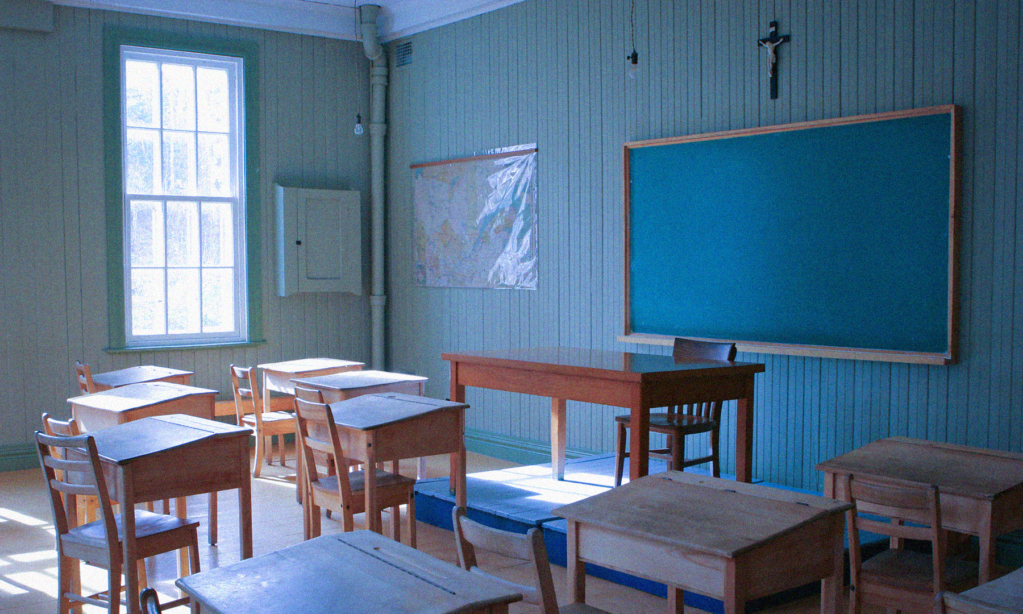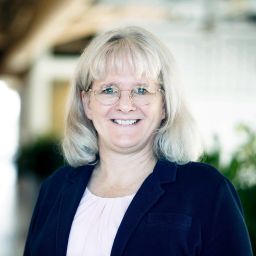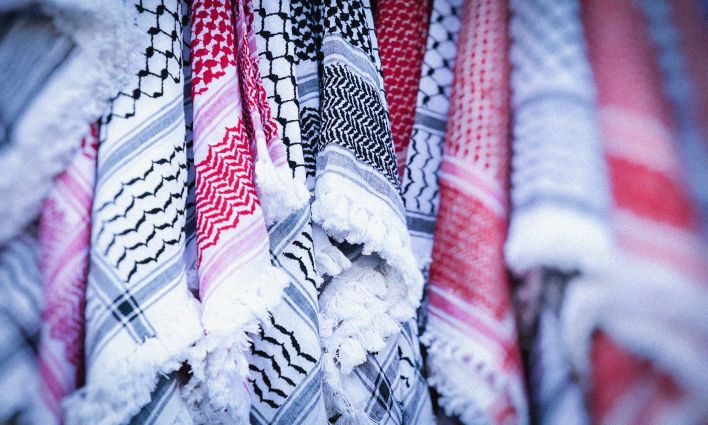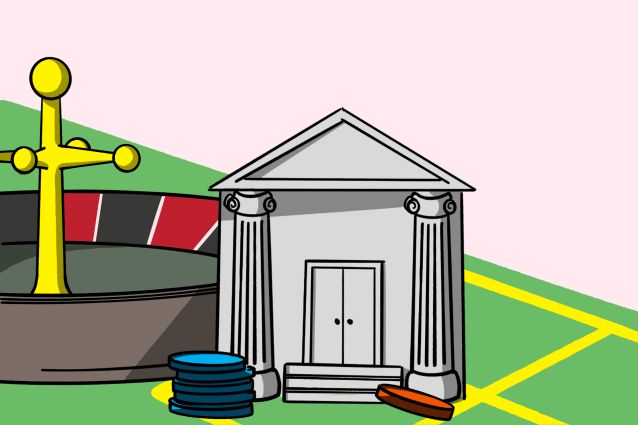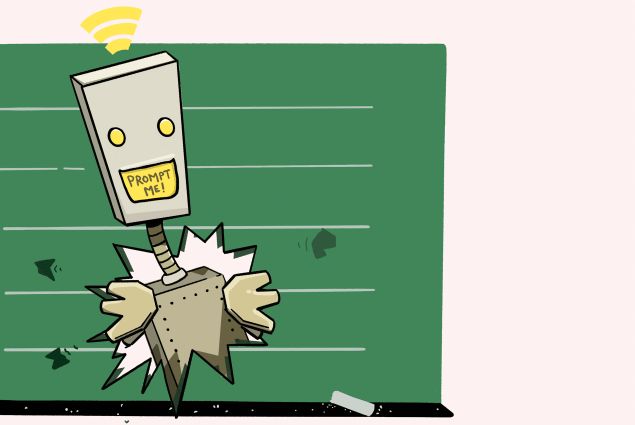All curriculum tells a story, or stories. Social studies engages with the narratives of nation-building and what it means to be Canadian, the nature of a “good” citizen, and whose stories are told. Every time a curriculum is renewed, the writers make choices about which stories to tell and how to tell them.
Curriculum creation is a loaded process, as evidenced in Alberta’s ongoing debate over a new social studies curriculum. When the former NDP government released its proposed K-12 scope and sequence for all subjects in 2017 and a K-4 draft curriculum in 2018, Jason Kenney, then leader of the opposition United Conservative Party (UCP), condemned what he termed a politically correct curriculum with its focus on oppression and climate change and absence of military history.
Once elected in April 2019, the UCP government set about writing new K-6 drafts between August 2020 and February 2021, advised by 19 Indigenous elders and subject matter experts. Released on March 29, 2021, the new drafts generated a firestorm of responses, prompting the Association of Alberta Deans of Education to support the creation of a non-partisan website called Alberta Curriculum Analysis to collect and publish academic analysis of the subject drafts. A Facebook group called Albertans Reject Curriculum Draft was established and at the time of writing had 40,000 members. The social studies draft was widely panned as too content-heavy, often age-inappropriate, and Eurocentric with an embedded Christian bias. Further, it did not include any study of residential schools until grade 5.
Religion in the Social Studies draft curriculum
While public opposition to the entire scope of the social studies curriculum was extensive, my focus here is on its inclusion of religion. (That religion is included in the social studies curriculum may not surprise those who view Alberta as Canada’s “Bible belt”). Before proceeding, it is important to state that I was on the social studies working group during the NDP-led curriculum renewal process and in 2019 I wrote an article titled “Understanding citizenship and conflict: Why Alberta’s new social studies curriculum can’t forget about religion” for a professional journal published by the Social Studies Council of the Alberta Teachers’ Association.
Both the inclusion of religion in the draft curriculum and the manner in which it was included were strongly contested. Although the original social studies fact sheet highlighted student learning about belief systems in every grade, it was most prominent in grades 2 and 6. Students in grade 2 were to study “belief systems associated with Islam, Judaism, and Christianity and how they helped to shape the current world” within a larger study of how ancient civilizations “have contributed to our heritage and traditions.” Students in grade 6 were to “investigate Alberta’s and Canada’s ethnic and religious diversity” by studying the beliefs of several religions in more depth than in grade 2.
The assumptions embedded in the draft were evident almost immediately: the first knowledge outcome for the grade 6 section on religious diversity read “The religious affiliation of most Albertans is Christian, and the largest denominations are Roman Catholic, United, Anglican, Lutheran, and Baptist churches. There is growing ethnic and religious diversity in the population.” The corresponding Understanding indicator read “Freedom of religious practice is encouraged, but acceptance comes less easily―in part, because newcomers bring new and unfamiliar religious faiths and practices.” Within 24 hours the Ministry quietly changed the language (presumably in response to public furor over the original wording) to “Freedom of religious practices is encouraged but we sadly know from history that acceptance can come less easily―in part, because newcomers bring new and unfamiliar religious faiths and practices. But fear of the unknown can be no excuse for intolerance. Students will specifically study other faith traditions so that unfamiliar practices become respected and understood in a pluralist society”
The change did not go far enough in addressing the problems. Below I identify three ways in which the March 2021 draft was inadequate and harmful. Although I believe that some education about religion is helpful and necessary to promote deeper engagement with both citizenship and multiculturalism, the manner in which religion was included in the draft ignored Albertan demographics and history. As a result, much of the public debate focused on the specifics of how religion was included rather than on the larger question of whether educated citizens in pluralist societies require some basic knowledge of both religious and non-religious worldviews existent in their communities.
Misrepresenting Alberta’s religious demographics
The assumptions embedded throughout the draft curriculum (even with the hasty revision) reveal the degree to which its writers were wedded to a certain vision/version of religious demographics in Alberta – currently, and historically. Since a FOIP request revealed Cabinet participation in the curriculum writing process, including by the Premier at the time, one can assume that the drafts also reflected how Cabinet viewed the province.
Is Alberta Canada’s Bible Belt? It’s not so clear. Some argue that Albertans are not more religious or socially conservative than other Canadians, although parties on the right do at times express sympathy with the “moral traditionalists.” At the same time, research suggests that the more important religion is to a person, the more likely they are to vote UCP. One explanation is the blurring of religious and rural identities. A 2018 poll found that Albertans living in rural areas do not self-identify as being significantly more conservative than their urban counterparts. Instead, party affiliation is largely based on rural identity.
“Religious nones” do not see themselves in the curriculum. In the 2021 census , a national average of 34.6 per cent of Canadians self-identified as religiously unaffiliated or having a secular perspective. That number was 40.1 per cent in Alberta, behind only the Yukon and BC. Those reporting a Christian affiliation was 48.1 per cent. According to one author writing in Alberta Views, relatively high numbers of Albertans have reported no religious affiliation since the 1930s, second only to British Columbia. The Alberta Humanist Association said the curriculum draft indicated a lack of appreciation for diversity, differentiation, and the non-religious. It is important to recognize that the religious "nones," as with all groups, are internally heterogeneous. For example, some are secular, some are agnostic, and others are spiritual but not religious.
Some of the “unfamiliar religious faiths and practices” have been in Alberta for over a century. For example, Lebanese Muslims first settled in Lac La Biche in 1906. In 1958 the community erected the second mosque in Canada, following the Al-Rashid mosque constructed in Edmonton in 1938 by the dozen families who had congregated in the city by 1930. The history of Sikhs in Alberta is a less clear story: those who lived in the province in the early 1900s “wore western attire” in order to gain employment. According to the religious studies scholar researching the history, “Sikhs helped to build Alberta.” The Hindu Society of Alberta is 50 years old, with planning for the organization begun in 1967.
Assumptions baked into the curriculum are rooted in Christian privilege. Christianity has been and continues to be the dominant religion in Canada according to census information, although the data typically does not include active participation, which occurs at lower rates. At the same time, as Stephanie Knowler’s master’s thesis points out, Canada is a secular, multicultural, and religiously diverse country. Knowler’s interviews with Albertan school administrators, teachers, parents, and students identified the many ways in which schools continue to privilege Christianity.
The inclusion of Indigenous spirituality in the draft is paltry. In grade 1, students would learn about some Indigenous creation stories and that “First Nations and Inuit spirituality can include balance with nature, spirit world, earth, and sky.” Omissions of Indigenous history generally led Métis scholar Yvonne Poitras Pratt to tell City News that the draft “relegates Indigenous peoples to bit players in the celebratory history of European migration to North America.” Although there is just as much religious diversity within Indigenous communities as most other communities, the absence of Indigenous spirituality in the draft curriculum tells students that it is not important.
Bias in the presentation of “facts”
When pundits and parents alike examined the grade 6 section on religion, they noted how language elevated some religious beliefs above others. For example, in the identification of Christian teachings, one statement read “Jesus Christ is Son of God,” whereas under Buddhism the teaching read “…is based on the teachings of called [sic] the Buddha, whom Buddhists believe was born Siddhārtha Gautama…” (emphasis added). Similarly, the second knowledge outcome for Hinduism began with “Hindus believe in a supreme all-encompassing being called Brahman.” Stating one principle in the declarative and others in a more interrogative voice suggests one is true and the others are more questionable or open to interpretation.
Others pointed out how the inclusion of “Old Testament” in the Judaism section revealed a Christian bias. Christians distinguish between the Old and New Testaments, which together make up the Christian Bible. Jews do not refer to their scriptures as the Old Testament because they do not recognize a New Testament. Instead, they refer to their scriptures as the Hebrew Scriptures or Tanakh, comprised of the law, the prophets, and the writings. Furthermore, the Christian Old Testament and the Jewish Tanakh order the books differently.
Religion defined exclusively by beliefs
There are many ways to discuss religion. For instance, one could focus on the beliefs of different religious traditions and/or how a religion functions in a society and/or how religion is lived at the level of everyday life. Given the focus of the entire curriculum draft on “rich knowledge,” it is not surprising that the curriculum writers chose to focus on beliefs. Such an approach, however, separates religion from “real life” and relegates it to “the head” at the expense of heart and hands learning. Exclusive attention to beliefs, which can never be completely ignored, excludes religious and faith-based traditions that are more practice- and communal-oriented.
The aftermath
In December 2021, Alberta’s Minister of Education Adriana LaGrange announced a staggered implementation schedule and a revamp of social studies based on a new “blueprint” that reorganized some of the material to be more age-appropriate and added some content, including adding some learning about residential schools to grade 4. The Alberta education website promised that public input on the blueprint would inform a new draft. The Public Feedback Survey Report was released in March 2022: social studies received the greatest response by far. While the responses suggested there is public support for students learning about religion, there appeared to be even more who felt the manner in which religion was included was problematic.
Questions about religion remain as the Ministry revamps the social studies curriculum. First, how will the non-religious be included in the curriculum? More specifically, the curriculum must reflect Alberta’s actual past and present religious demographics rather than some imagined past.
Second, how will religion and non-religion be portrayed in contemporary Canadian society? Studying religion as a “foundation of modern civilization” presents religion historically but it is also important for the present, to understand Canadian society, multiculturalism, and some conflicts arising from religious pluralism. Conflict is not necessarily bad as it can prompt social change. Pretending that religious pluralism does not challenge some existing policies and practices is naïve. At the same time, focusing exclusively on difference is unhelpful as there are many accounts of Canadians working out differences amongst themselves in their lived realities.
Third, how will the Ministry include educators in the development of curriculum and support them in the implementation? Various studies describe how many teachers are afraid of teaching about religion because they are afraid of not knowing enough and consequently offending students and parents. The public debate thus far has revealed strong feelings and beliefs regarding education about religion. Clearly more stakeholder voices are needed in the development of curriculum.
Finally, what story does the Ministry want the curriculum to tell about religion and non-religion? At the moment, the story portrays religion almost exclusively as beliefs. In contrast, many Albertans stated in online discussions that they would be more comfortable with students learning how religions, secularism, and spiritualities have impacted Canadian and Albertan societies, how they have prompted Canadians to work together at times and built walls between them – usually with terrible consequences – at other times. This is complex story-telling, and perhaps requires fewer listed outcomes with more curriculum space available for teachers to teach and learn about the local stories that resonate most closely with their students, and speak to their lived realities.
Building a better curriculum
Teaching about religion in public education is fraught with emotions and tensions. Yet the debates in Alberta also demonstrate the power and strength of citizen engagement. Parents, educators, and all those who care about education came together to demand a curriculum that acknowledges the diverse communities who live in Alberta and tells a larger story of religion in Alberta both past and present. Religious diversity, including the non-religious, is an aspect of multiculturalism. To not include such diversity in a curriculum is to ignore an important, albeit challenging, feature of Canadian society and history.


